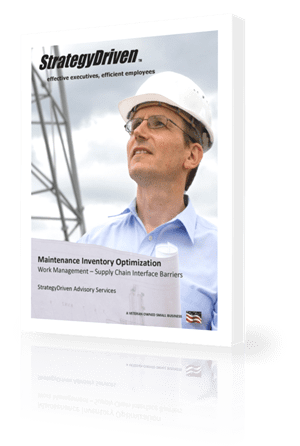How to Turn a Great Strategic Principle into Great Results
Results start with a strong strategic principle – a shared objective about what the organization wants to accomplish. The strategic principle guides the company’s allocation of scarce resources – money, time, and talent.
The strategic principle doesn’t merely aggregate a collection of objectives.
Rather, this simple statement captures the thinking required to build a sustainable competitive advantage that forces trade-offs among competing resources, tests the soundness of particular initiatives, and sets clear boundaries within which decision makers must operate.
Hi there! This article is available for free. Login or register as a StrategyDriven Personal Business Advisor Self-Guided Client by:
Subscribing to the Self Guided Program - It's Free!
About the Author











Leave a Reply
Want to join the discussion?Feel free to contribute!